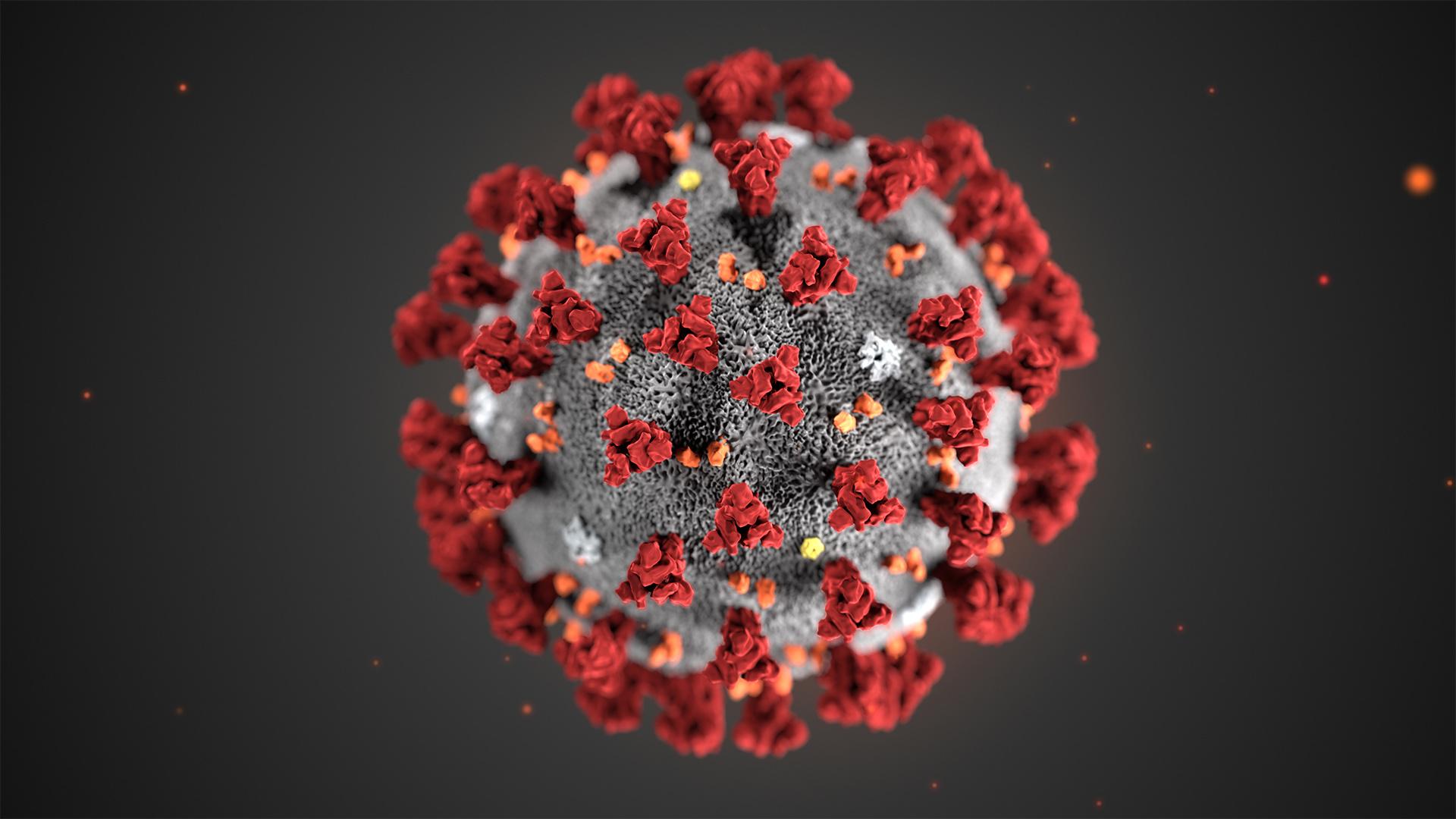While the federal government is purchasing 500 million rapid tests to distribute free to the public in response to the rise of the Omicron variant of COVID-19, governments in the Pacific Northwest have decided to acquire their own supply.
The state of Oregon has authorized the purchase of twelve million rapid at-home COVID-19 tests, to be distributed for free throughout the state.
Six million iHealth Labs antigen rapid tests were were purchased on Wednesday, December 29th. Tests will be distributed to community organizations, which will distribute in turn to individuals, families and larger applicable groups.
There hasn’t been such a large-scale attempt to provide COVID-19 test kits since April of 2020, when Washington attempted to purchase one million Chinese test swab kits. Preliminary samples, however, showed that there was potential contamination in the product and there was no further discussion by state officials regarding the purchase after that.
King County, meanwhile, ordered one hundred thousand rapid at-home COVID-19 tests, to be distributed for free as of the week of January 10th, 2022, in response to long lines at testing facilities, A minimum of three hundred thousand tests in total will be purchased, and more will be purchased if deemed necessary.
Idaho has had free at-home tests available to all residents via calling 211 since mid-June of this year, but these are not rapid at-home tests.
As in much of the rest of the Pacific Northwest, there is a shortage through for-profit facilities such as pharmacies of rapid at-home COVID-19 tests.
British Columbia, as of December 26th, is the only province within Canada that has decided to not provide rapid at-home COVID-19 tests.
Here’s where to go in Washington State, Oregon, Idaho and British Columbia to get a COVID-19 test if rapid at-home tests are unavailable to you.
The hard, cold numbers (plus vaccinations)
Washington has had 853,403 cases and 9,908 attributable deaths.
The state has the forty-seventh worst infection rate among the fifty states, the District of Columbia and Puerto Rico per million in population.
The state has the forty-sixth worst death rate among the fifty states, the District of Columbia and Puerto Rico per million in population.
9,842,443 tests have been recorded.
- Doses of vaccine distributed to the state: 13,915,795
- Doses administered: 11,268,717 (80.98%)
Oregon has had 421,263 cases and 5,655 attributable deaths.
The state has the fiftieth worst infection rate among the fifty states, the District of Columbia and Puerto Rico per million in population.
The state has the forty-fifth worst death rate among the fifty states, the District of Columbia and Puerto Rico per million in population.
8,512,999 tests have been recorded.
- Doses of vaccine distributed to the state: 7,953,005
- Doses administered: 6,193,364 (77.87%)
Idaho has had 319,382 cases and 4,162 attributable deaths.
The state has the twenty-third worst infection rate among the fifty states, the District of Columbia and Puerto Rico per million in population.
The state has the thirty-fourth worst death rate among the fifty states, the District of Columbia and Puerto Rico per million in population.
2,451,107 tests have been recorded.
- Doses of vaccine distributed to the state: 2,741,310
- Doses administered: 1,881,077 (68.62%)
British Columbia has had 251,054 cases and 2,420 attributable deaths.
5,073,751 tests have been recorded.
British Columbia has the sixth worst infection rate and the sixth worst death rate among the thirteen Canadian provinces and territories per hundred thousand population. (If it were an American state, it would be fifty-third and fifty-third, respectively, out of fifty-three.)
- Doses of vaccine distributed to the province: 10,185,982
- Doses administered: 9,368,643 (91.98%)
That does it for this installment of COVID-19 Update. Stay safe and well!

